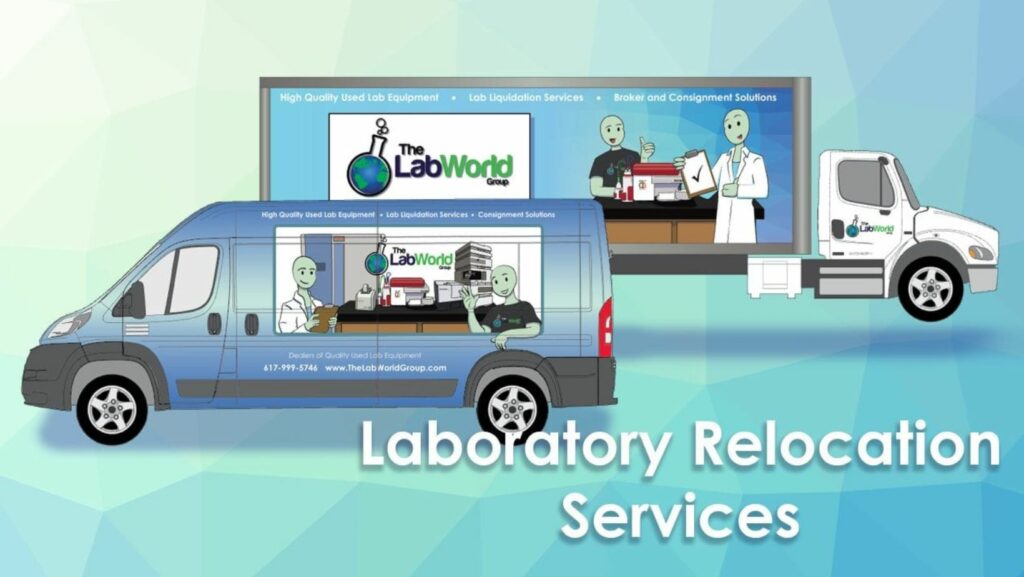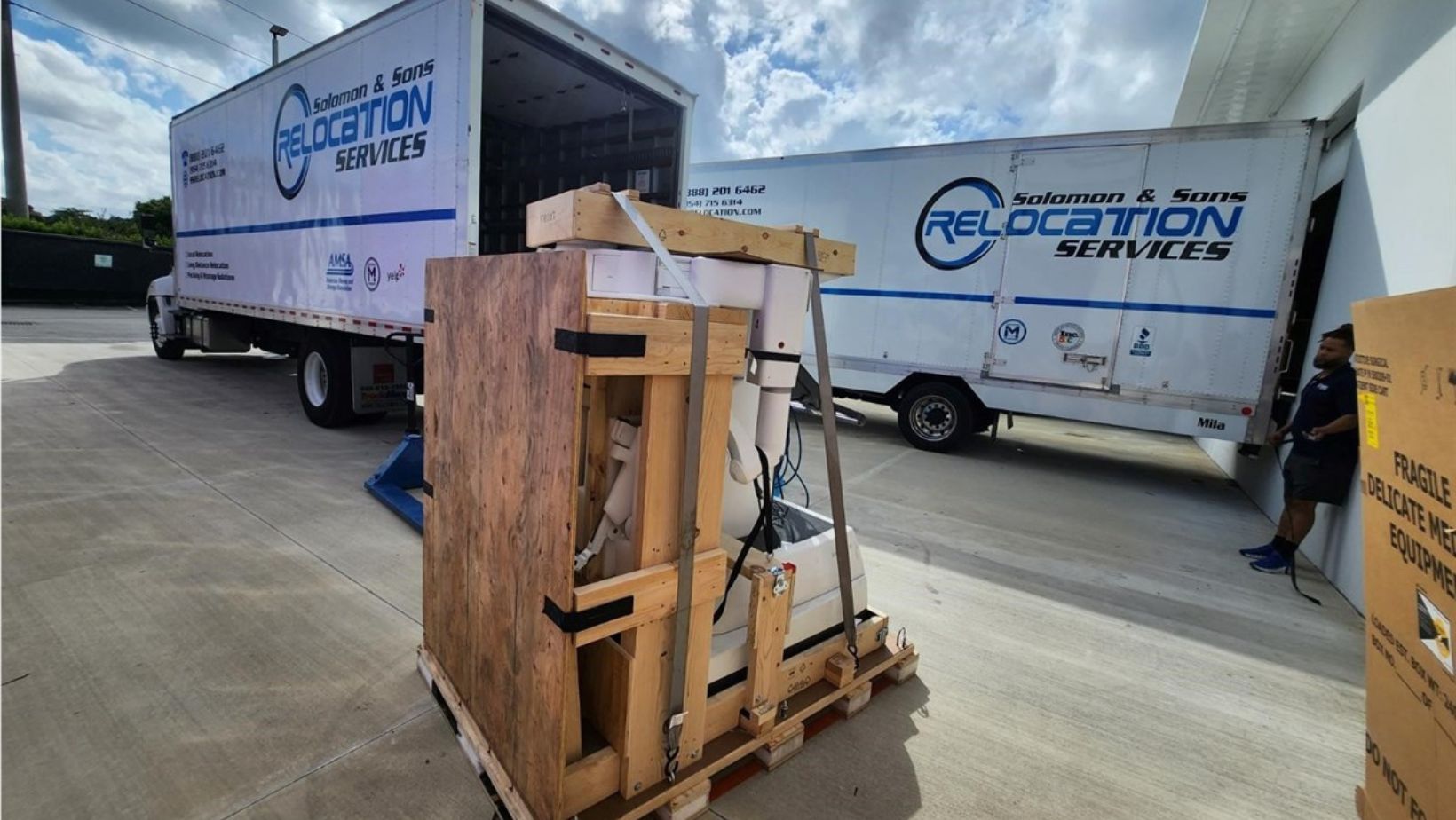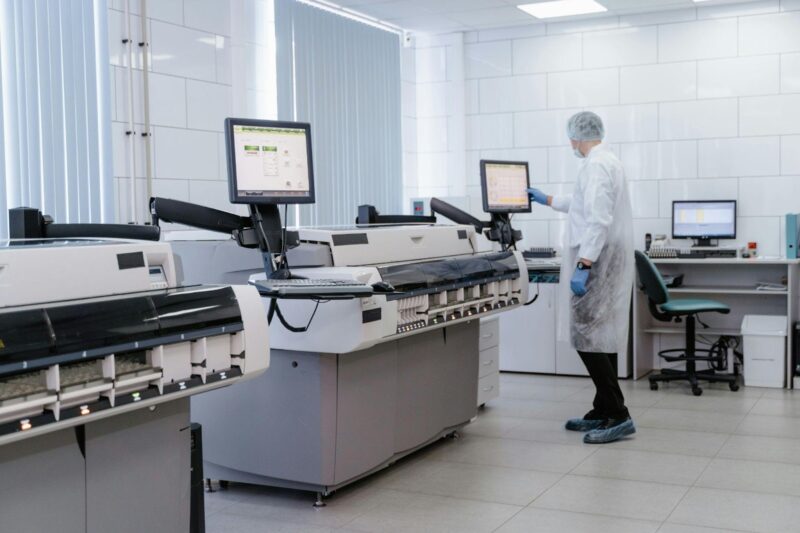
Relocating a laboratory is a complex and critical task, requiring meticulous planning and execution. The process involves the physical moving of equipment and the preservation of ongoing experiments and research integrity. This comprehensive article delves into the intricacies of lab relocation services, offering a more thorough analysis than typical coverage, enriched with data, statistics, and unique insights.
Table of Contents
- Introduction to Lab Relocation Services
- Key Challenges in Lab Relocation
- Planning and Preparing for Lab Relocation
- Selecting the Right Lab Relocation Service Provider
- Managing Sensitive Equipment and Materials
- Compliance and Safety in Lab Relocation
- Minimizing Downtime During Relocation
- Post-Relocation Strategies
- Future Trends in Lab Relocation Services
- Conclusion
Introduction to Lab Relocation Services
Lab relocation involves transporting sensitive and often expensive scientific equipment, biological specimens, chemicals, and critical data from one location to another. It requires specialized expertise to ensure a smooth transition with minimal impact on ongoing research.
Key Challenges in Lab Relocation
- Handling Sensitive Equipment: Special care is needed to transport delicate instruments.
- Maintaining Sample Integrity: Preserving biological and chemical samples under controlled conditions.
- Data Security: Safeguarding both digital and physical research data.
Planning and Preparing for Lab Relocation
- Detailed Assessment: Conducting a thorough assessment of equipment, materials, and space requirements.

- Timeline Planning: Developing a comprehensive timeline to minimize disruption to research activities.
Selecting the Right Lab Relocation Service Provider
- Expertise and Experience: Choosing a provider with a proven track record in lab relocations.
- Comprehensive Services: Ensuring the provider offers end-to-end services, from packing to reassembly and calibration.
Managing Sensitive Equipment and Materials
- Customized Packing Solutions: Using specialized packing materials and techniques for equipment and samples.
- Transportation Logistics: Coordinating the logistics of moving delicate items safely and efficiently.
Compliance and Safety in Lab Relocation
- Regulatory Adherence: Complying with all relevant health, safety, and environmental regulations.
- Risk Management: Implementing measures to mitigate risks associated with transporting hazardous materials.
Minimizing Downtime During Relocation
- Staggered Moving Strategy: Relocating in phases ensures ongoing research can continue with minimal interruption.
- Temporary Solutions: Setting up temporary workspaces if necessary.
Post-Relocation Strategies
- Recommissioning Equipment: Ensuring all equipment is correctly set up and calibrated after the move.
- Staff Training: Providing necessary training to staff on new arrangements or equipment setups.
Future Trends in Lab Relocation Services
- Technology Integration: Leveraging technology for tracking, managing, and automating aspects of the relocation process.

- Sustainability Focus: Incorporating eco-friendly practices in lab relocations.
Conclusion
A successful lab relocation hinges on careful planning, specialized expertise, and effective project management. By understanding and addressing the key challenges, labs can achieve a seamless transition, ensuring the continuity of their vital research.












